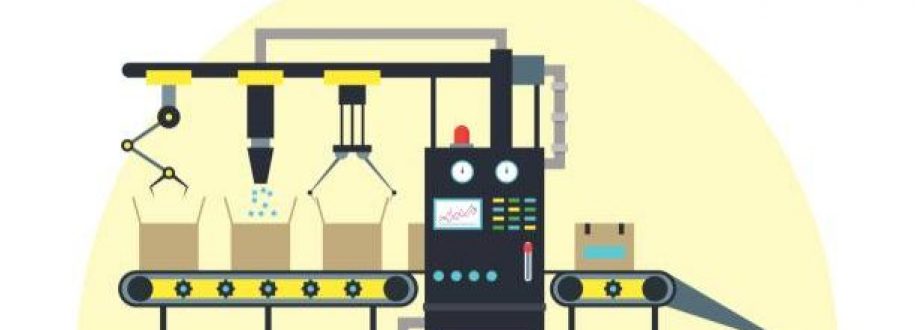
Business Case: Computer store with several product lines
ACME Computer shop is an electronics store with 3 main product lines: Laptops, Desktops and Tablets. They have to deal customer inquiries on a daily basis, whether its responding to frequently asked questions or providing support on sold units. The way they currently respond to questions, while using one support email, is not exactly 21st century. And with sales having picked up as of late, they can’t leave things in their current disorganized state. We’d like to modernize and streamline the process for ACME. But how do we do that?
SteadyPoint Helpdesk of course! It can help us organize and automate this entire process!
This article will discuss how SteadyPoint Helpdesk can help ACME organize its 3 different product lines, each in its own case.
- Case #1: Using resource pool for support
- Case #2: Using SPOC for support
- Case #3: Using direct assignment support
So how does this work, exactly?
Your customers email their complaints, the email is sent to the person responsible for that product line, and they can assess the issue as necessary.
Case #1: Tablets Product Line, Resource Pool Support
Take case of Anita McAfee, a retiree who bought herself a brand new Apple Tablet that hasn’t been booting up. Anita decided to send an email to the support address ACME provided her with when she first bought the tablet.
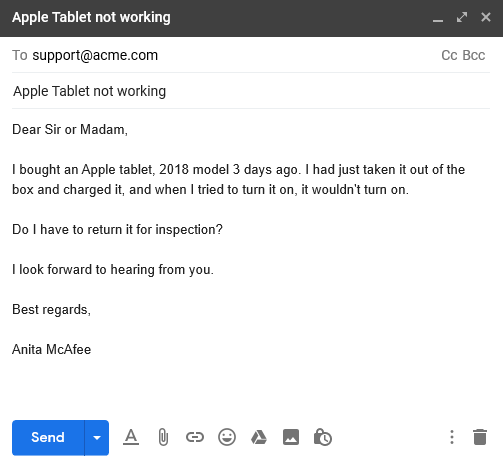
From the end of ACME, they have different teams handling their different product lines. For Tablets, they have 2 of their finest employees, Tobias and Charlie, on the case.
The moment the email is received, both Tobias and Charlie are alerted of the new task at hand, that’s because the Tablets team is a Resource Pool in Helpdesk: that means when new tasks are created and routed to a resource pool, all members of the pool are notified of this task.
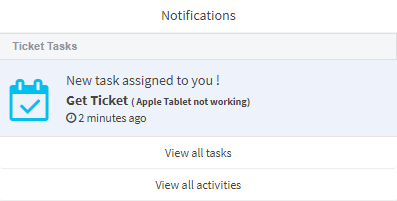


At the same time, Anita is alerted that someone is about to handle her case.
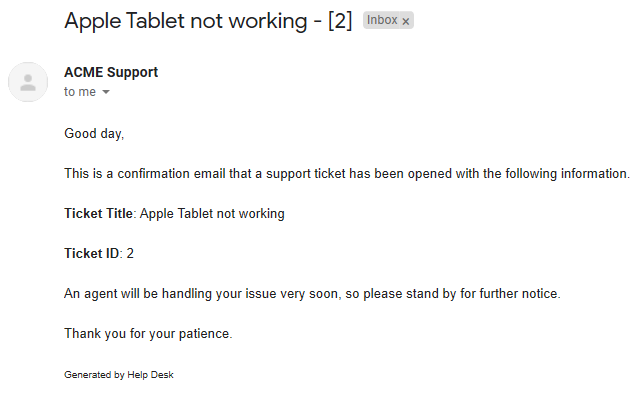
Tobias is currently busy, which leaves Charlie to deal with the newly minted ticket. Since Charlie is the first person from the resource pool to claim the ticket, he’s now in charge of it.
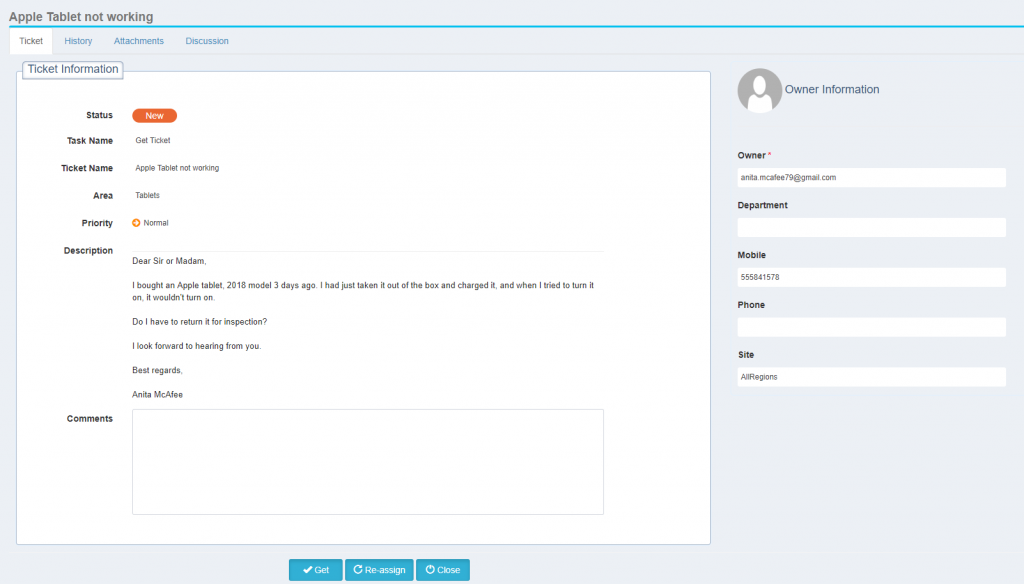
Charlie can message Anita to let her know that he requires more information.
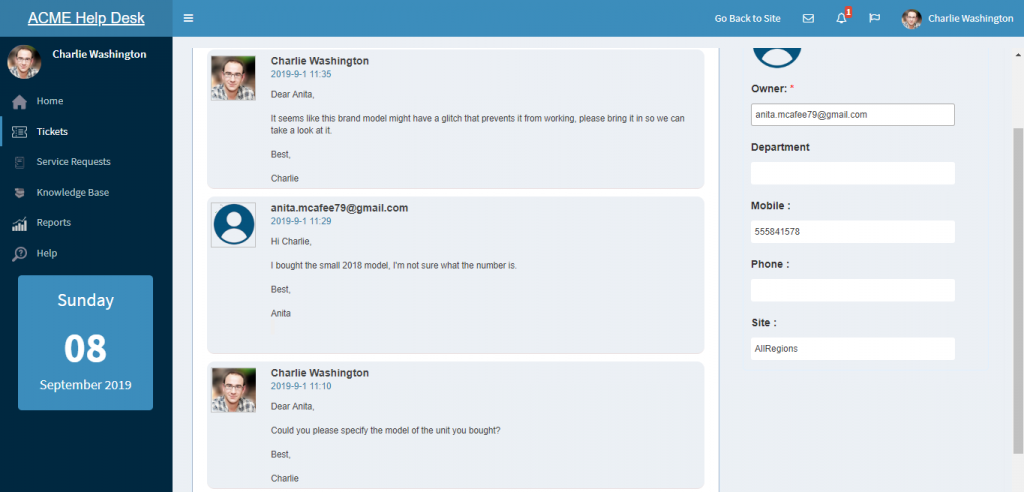
Once Anita brings in her tablet to be looked at and was returned home happy with her now working device, Charlie can submit the solution to the problem.
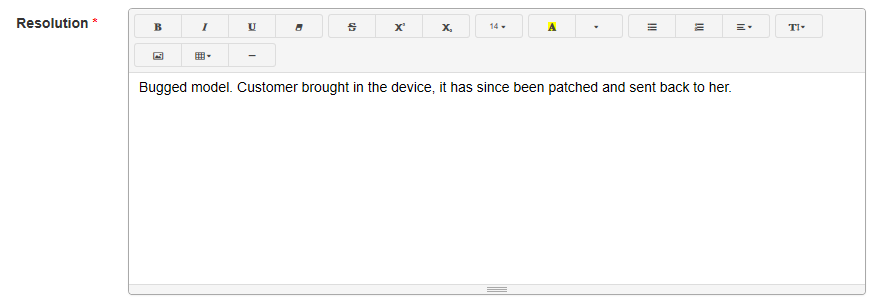
And Anita is asked if the problem has indeed been solved.
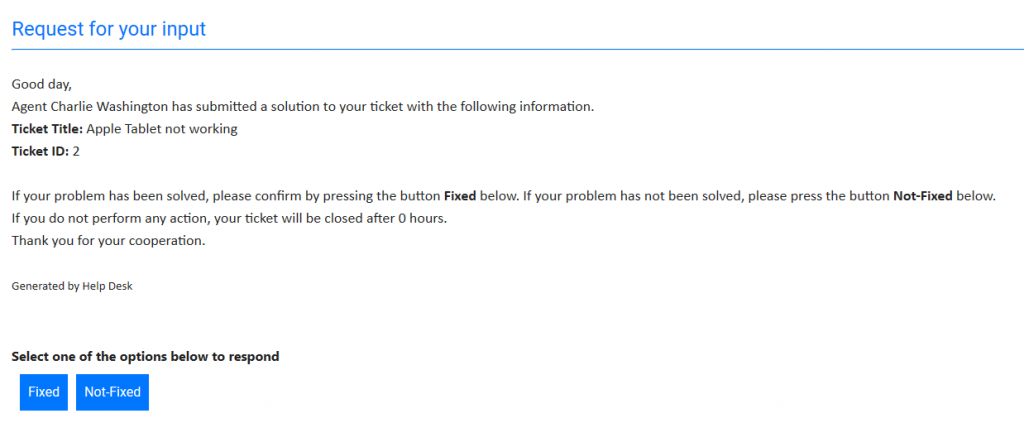
As her problem has been dealt with, she confirms this and her ticket is closed.
Case #2: Desktops Product Line, SPOC Support
Now we’re going to talk about Andrea Millstone, who bought her son a desktop computer 9 months ago. The desktop has run into an issue that requires a replacement part. But before we get ahead of ourselves, here’s Andrea opening her ticket with ACME support.
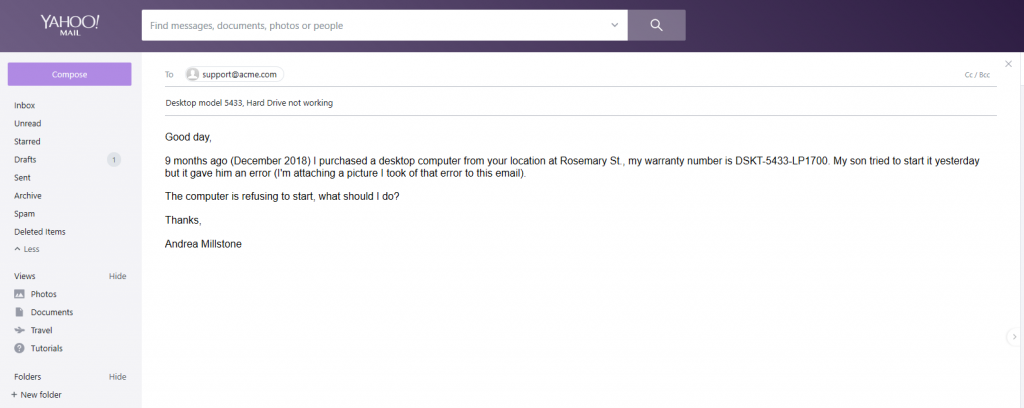
Unlike case #1 which relied on Resource Pool routing, what we have here is SPOC routing. Which means one pre-selected individual receives the ticket initially, and they can assign it to the appropriate person to handle it. The SPOC acts as a dispatcher or a pre-screener for tickets. For Desktop tickets, Tobias Kelly is the SPOC. As he remains busy and can’t handle the ticket himself, he throws it back to Charlie (again).

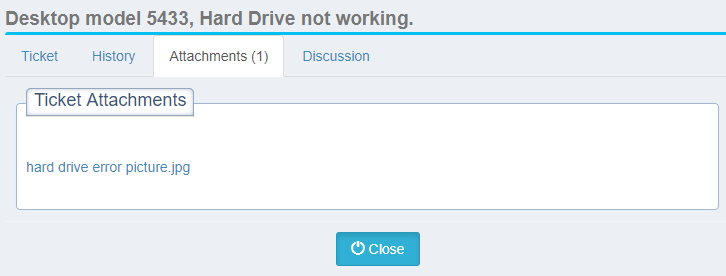
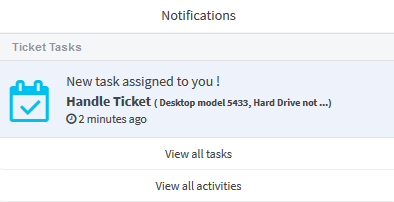
After some back and forth between Charlie and Andrea, he asks her to bring the computer in for a check up. But he has realized that the problem requires ordering a hard drive they currently don’t have in-store. However, doing this requires an approval from his boss, Oscar. So Charlie submit an in-ticket request for approval from Oscar.
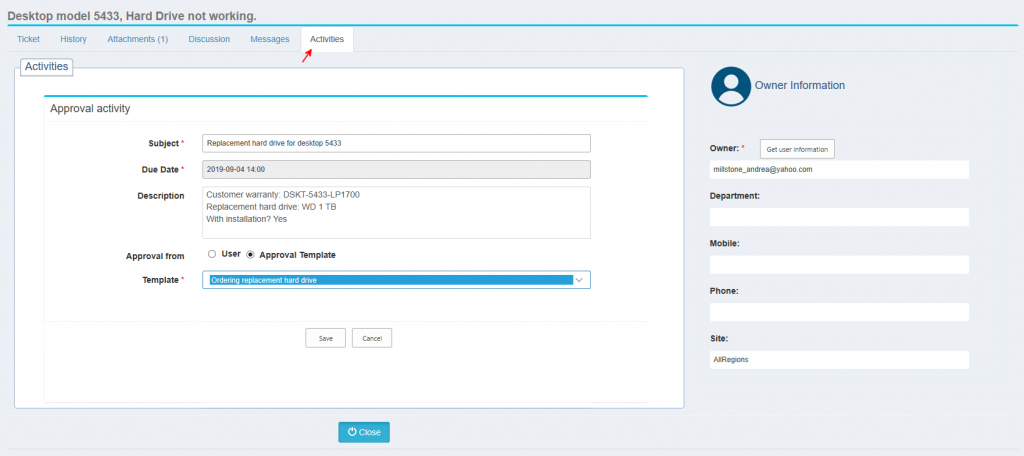
Oscar receives the notification that he’s been asked for an approval. He checks the request, sees no problem with it, and approves it.
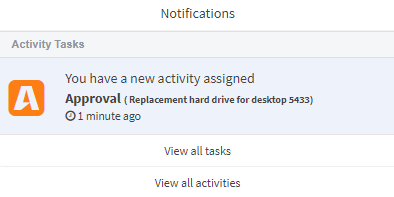

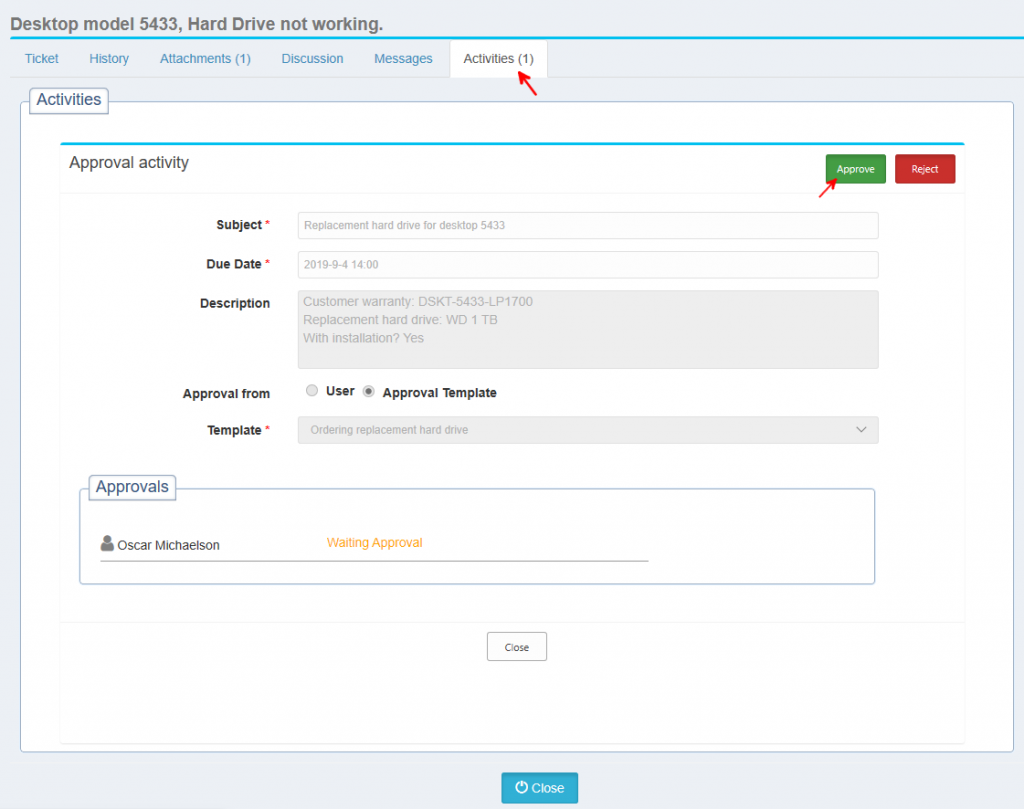

Charlie can now proceed with the task at hand, ordering the piece and installing it for the customer. Once he’s done, he can submit his solution to the problem for verification from the customer’s side that the problem has indeed been solved.
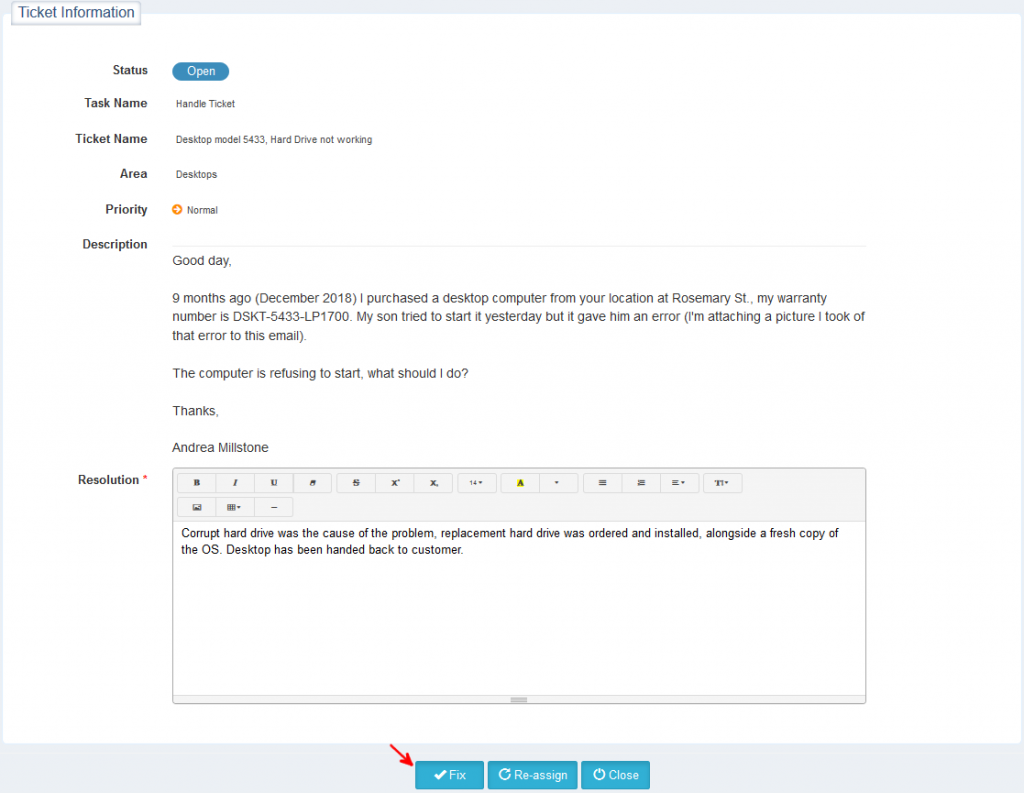
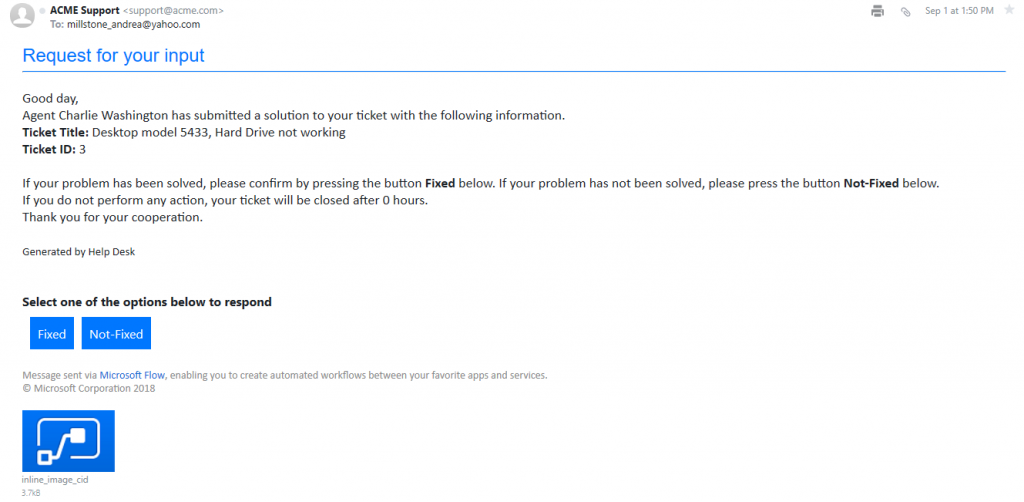
Case #3: Laptops Product Line, Direct Assignment Support
Our final case of the day is that of Adam Cork, who purchased a laptop from ACME a couple of years ago, and with it came an extended warranty. Adam is getting ready to go on a business trip when he realized the day before that the audio on his laptop isn’t working. Now Adam is tech savvy enough to realize the problem is because the audio driver on his laptop is busted, but he can’t find the drivers online. So he emails ACME with his problem.
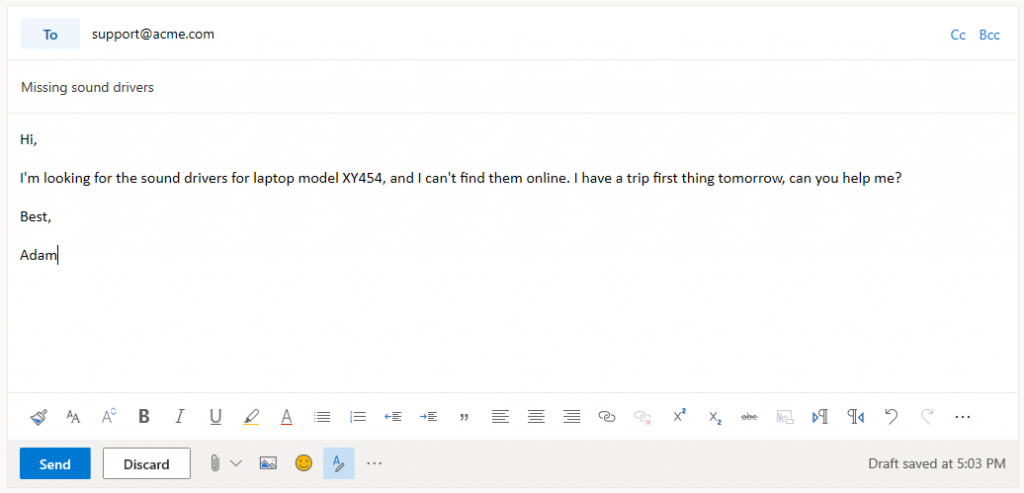
Adam’s extended warranty guarantees him a 90 minute response from ACME. To achieve that, ACME has their helpdesk system set-up to directly hand out tasks for laptops with extended warranties. No waiting for re-assignment or for a team member to claim a ticket. This ticket goes straight to Oscar Michaelson, who realizes the urgency, and sends back the required drivers to Adam.
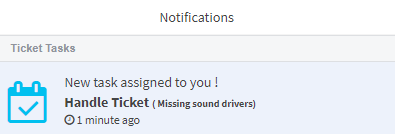
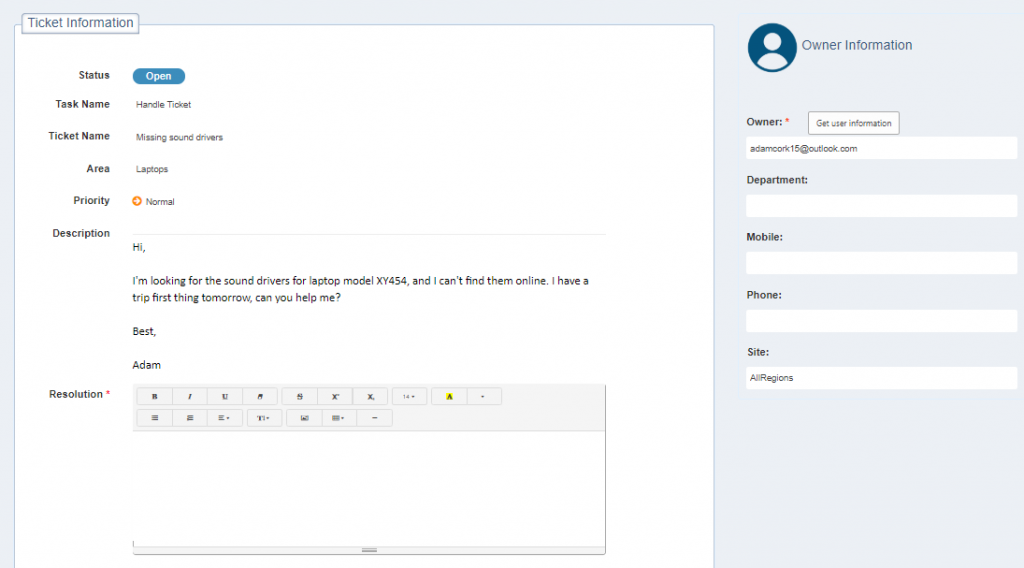
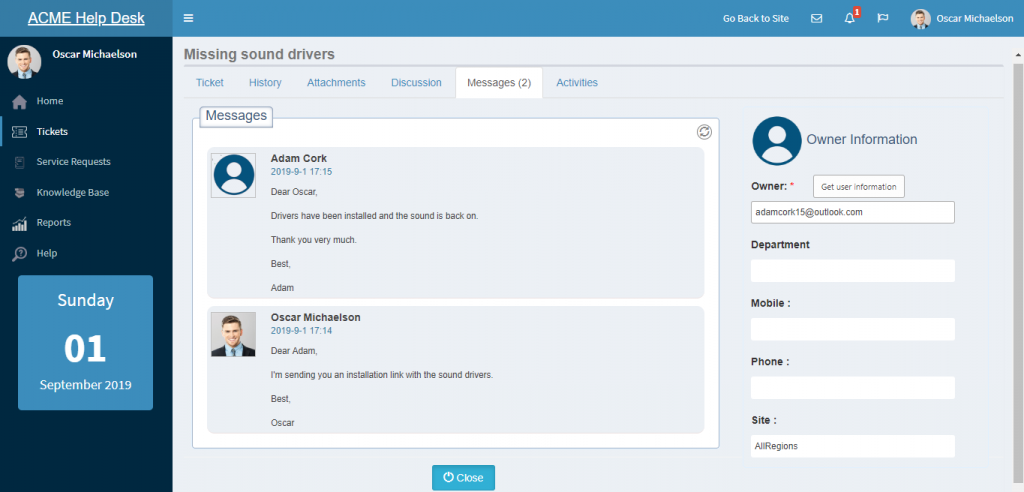
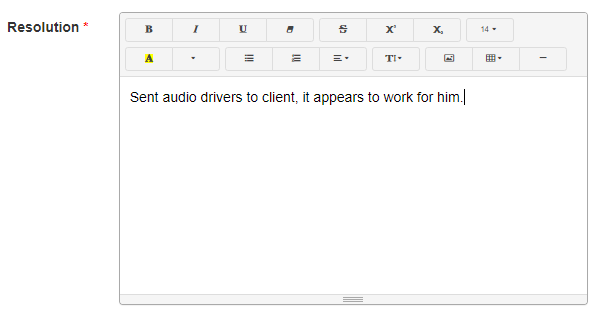
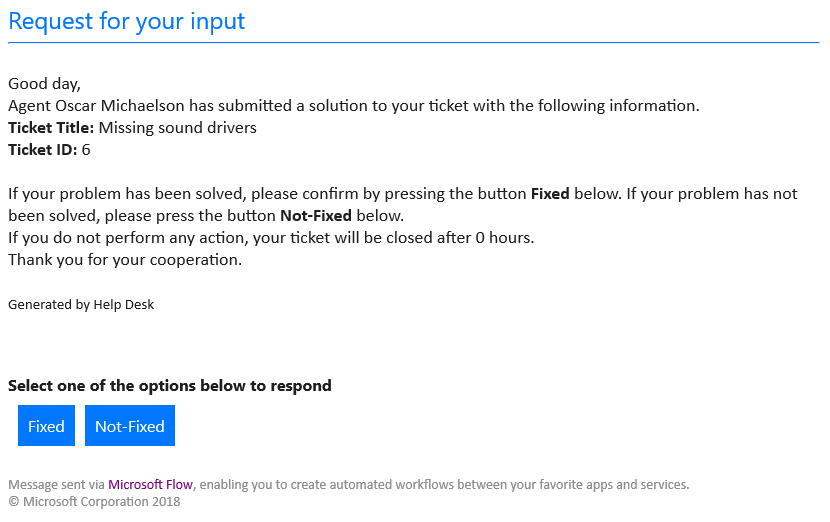
With Direct Assignment, and unlike with Resource Pool or SPOC routing, tickets are sent immediately to the pre-configured individual.
